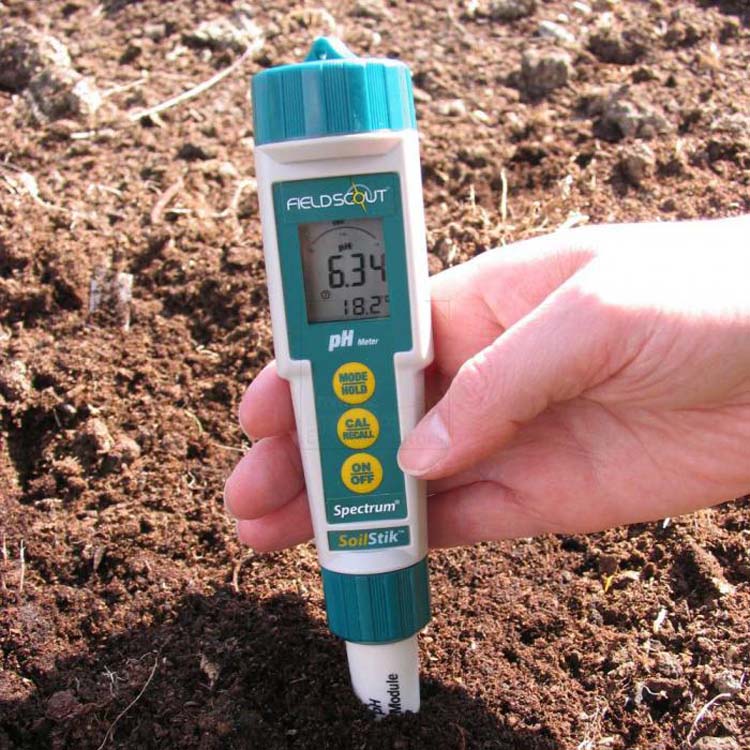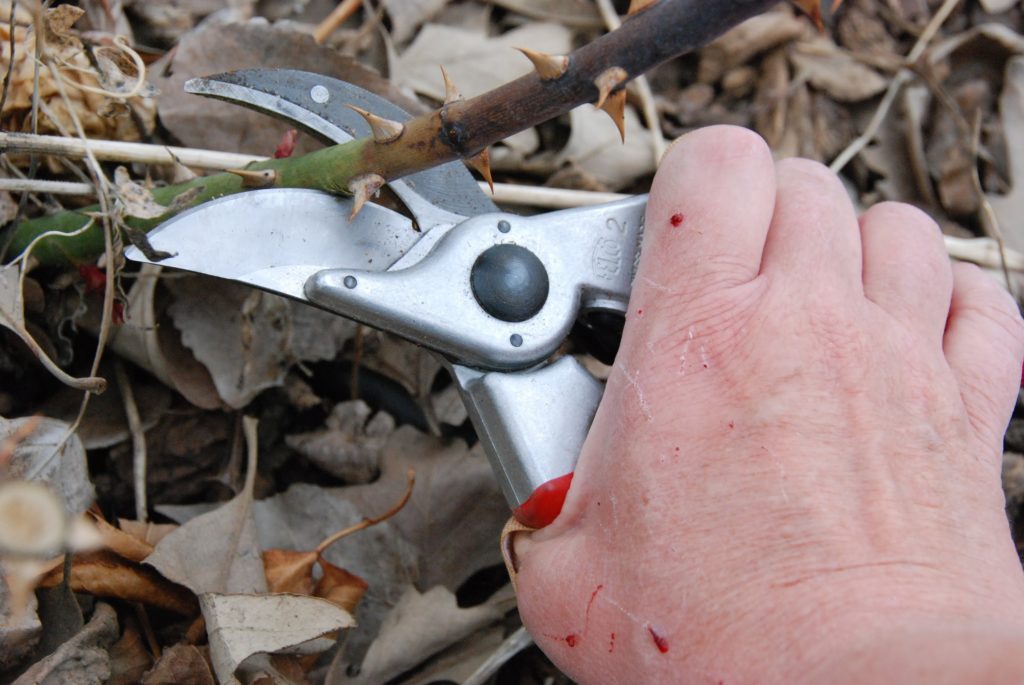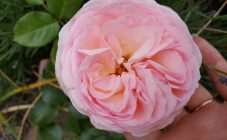Content:
The Swanee rose is one of the finest ground cover roses from a plant known as the Japanese or wrinkled rose and is native to eastern Asia. This plant has the ability to creep and cover a large area with its thickets. Ground cover roses are also called carpet roses.
In the last decade, landscape design has become a very popular trend. In the process of creating a certain composition, the most important point is the choice of decorative colors. Among them, ground cover plants occupy a special place. They are especially in demand when creating alpine slides. A groundcover rose will give any composition a special decorative effect and luxury. It's just the perfect material for any design solution.
The Swanee variety appeared in 1977 as a result of the work of the famous French company Meilland.
Description of the variety
Swany is a ground cover rose, its bush is branched, lush, abundantly leafy, reaches a height of 60-70 cm, up to 2 m in diameter. The leaves are small in size, rich green, glossy. Terry flowers, 5-6 centimeters in diameter, the number of petals up to 40 pieces. The flowers are snow-white, often in the middle there is a pink tint. Roses are collected in umbellate inflorescences. One inflorescence can have up to 20 buds.
The advantages of the variety:
- delicate unobtrusive aroma;
- long and intense flowering typical of floribunda;
- high decorativeness;
- good winter hardiness
In 2003, Meilland breeders bred a new variety - Pink Swany rose. Rose Pink Swane is characterized by flowers that change color from pale pink to lilac during the season. Flowers have an ancient shape. The aroma is intense, pleasant. A very showy shrub. Good winter hardiness. The flowers are rain resistant.
For lovers of bright colors, another producer has bred another wonderful variety - Red Swanee rose (producer Monte Agro). Red flowers are a distinctive feature of this variety.
Floribunda Swanee rose looks spectacular on slopes, in flowerpots, containers. Flexible stems gracefully hang from flowerpots, giving the garden plot a special beauty and solemnity. Planted on a slope, ground cover specimens compact the top layer and protect it from being washed away by rains.
Swanee will look equally good in a single planting and when creating a variety of compositions. Dark green shrubs will help to emphasize the magnificent decorative qualities of the flower. You can choose viburnum, lilac, junipers as neighbors. They will emphasize the magnificent flowering of the rose bush.
It can also be grown using the standard method, but this requires special skill.
Growing Swanee rose bushes
In regions with a mild climate, Swanee ground cover roses are recommended to be planted in autumn, and in regions with harsh winters - in spring. In autumn, the optimal time for planting is September-October. If you plant later, then the flowers run the risk of freezing out in winter, since they do not have time to root well enough. In the spring, planting begins in late April - early May, when the earth warms up.
Landing
A sufficiently sunny area is chosen for growing. The ideal side is southeast or west. When choosing a place, it must be borne in mind that the bush will grow (especially in width up to 2 meters in diameter).
The best soil for planting is black soil. But good results can be obtained on other types of soil as well. Rose prefers slightly acidic soils with a pH of 6.0-6.5. The acidity is corrected with lime or ash (if it is strongly acidic), and the slightly acidic soil is corrected with manure or peat.
Roses bloom well and thrive in fertile soil. It is better to prepare the soil for planting in advance. For this, fertilizers are applied to the soil 6-12 months before the intended planting. It is advisable to add sand to clay soil. For light sandy soil, placing clay on the bottom of the planting pit will be relevant. The soil should be loose enough for the flower to take root easily and quickly.
The depth of the planting pit should be approximately 50 - 70 cm. They are guided by the size of the root system of the seedling. If a group of roses are planted, it will be convenient to prepare a trench. The depth of the trench is determined depending on the size of the roots of the seedlings. Shoots must be shortened, leaving 2-4 buds on each. Before planting, the root system of the seedling is examined, the damaged roots are removed. The root system is covered with layers, trying to prevent the formation of voids.
Rose care
Caring for carpet roses is quite simple. It is enough to follow standard agrotechnical techniques:
- loosen the soil;
- remove weeds;
- water the planting;
- carry out feeding and pruning.
Watering ground cover varieties is carried out in the morning or evening hours. Watering during sunny days can cause plant burns. In the first year, the bushes need watering 2 times a week, in subsequent years - 1 time in 7-10 days. Watering regime depends on weather conditions. Regular and high-quality watering is especially important for young specimens.
Top dressing
During the growing season, the Swany rose needs to be fed about three times during the season.
In the first two times, complex mineral fertilizers are applied, in the third - only phosphorus and potash fertilizers.
Pruning
Swanee roses are mostly pruned in spring. At this time, frost-damaged and dried shoots are removed. In the fall, they usually carry out sanitary pruning of the bush, removing weak and damaged shoots. Once every 5 years, a rejuvenating pruning of the bush is carried out.
Timely removal of faded buds stimulates re-flowering, as well as allows the bush not to lose its decorative effect. It is recommended to loosen the soil the next day after rain. In this case, weeds are simultaneously weeded.
Preparing for winter
Despite its winter hardiness, the plant needs shelter for the winter, especially young specimens. You can cover the bushes for the winter with the help of leaf litter or spruce branches, or you can use a specialized covering material. In the spring, the bush must be opened in time to prevent damping out.
In regions with warm winters, the bushes are not covered. Under unfavorable weather conditions, it can be affected by powdery mildew, black spot. Resistance to these diseases is average.
Groundcover roses are rapidly gaining popularity among amateurs and professionals. They perfectly decorate personal plots. Long bloom allows you to admire them throughout the season. Among all the variety of carpet roses, the snow-white beauty of Swanee deserves special attention.
















